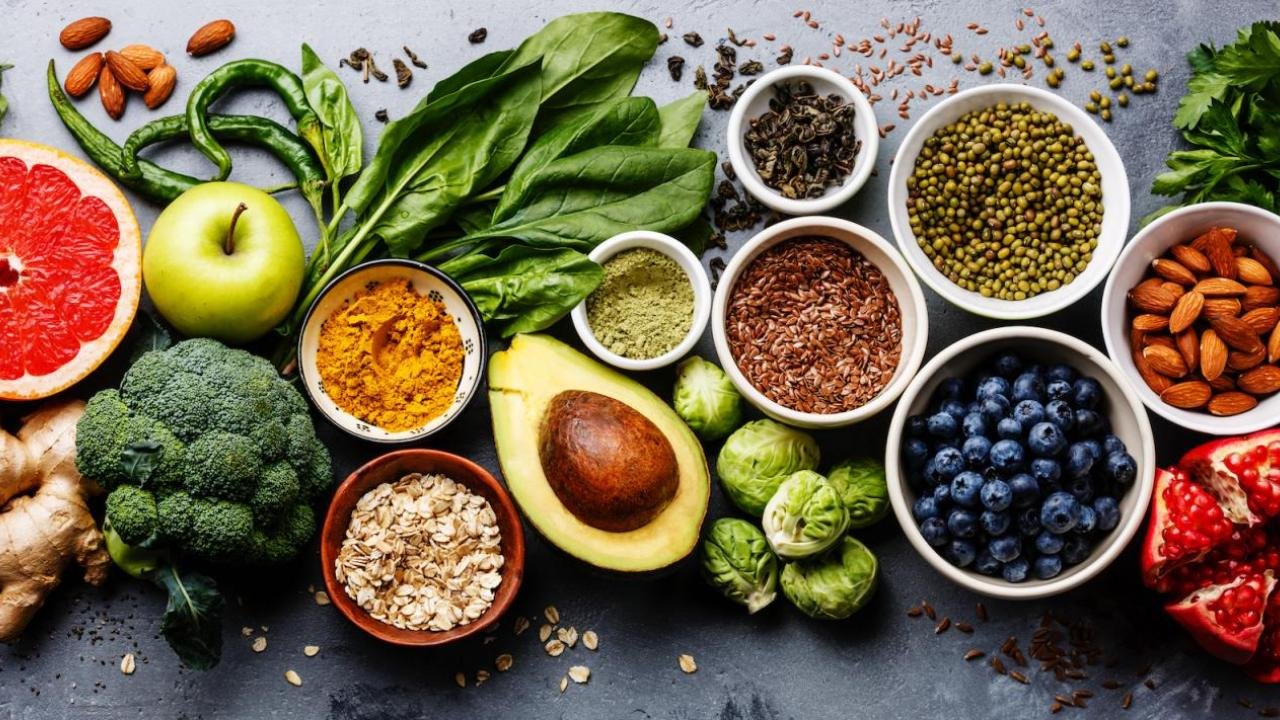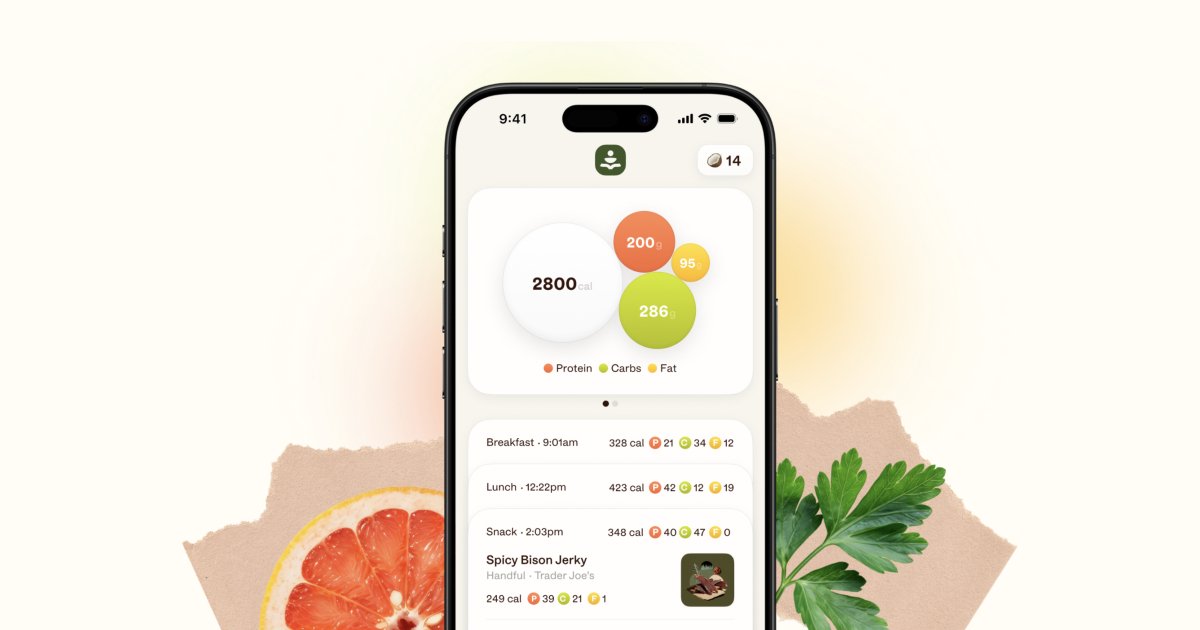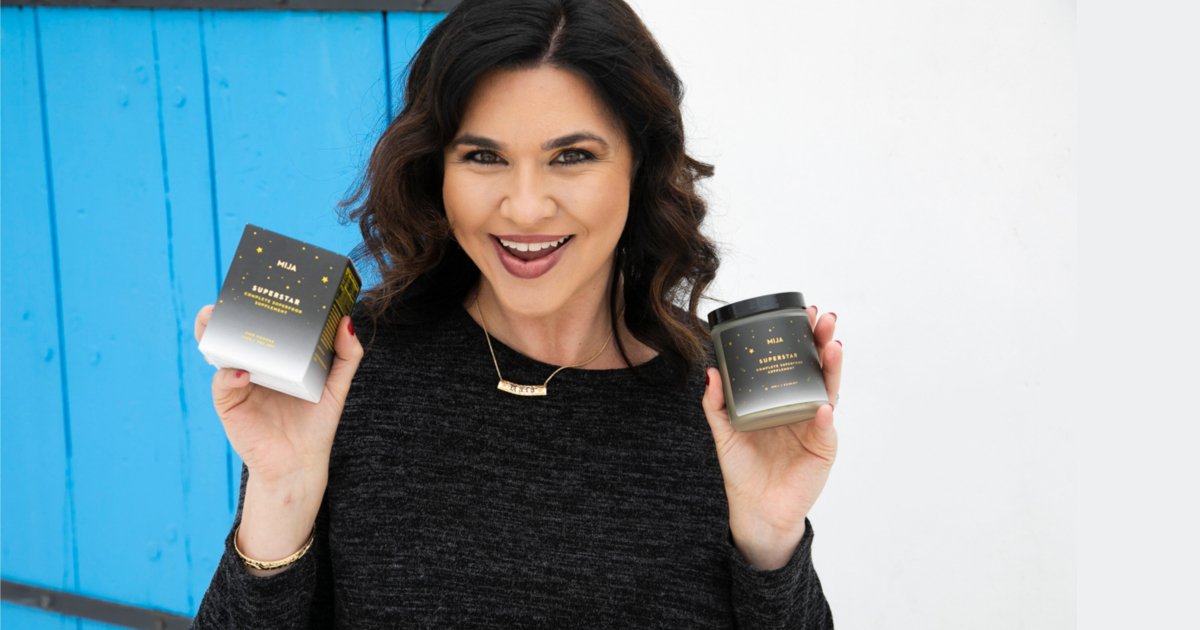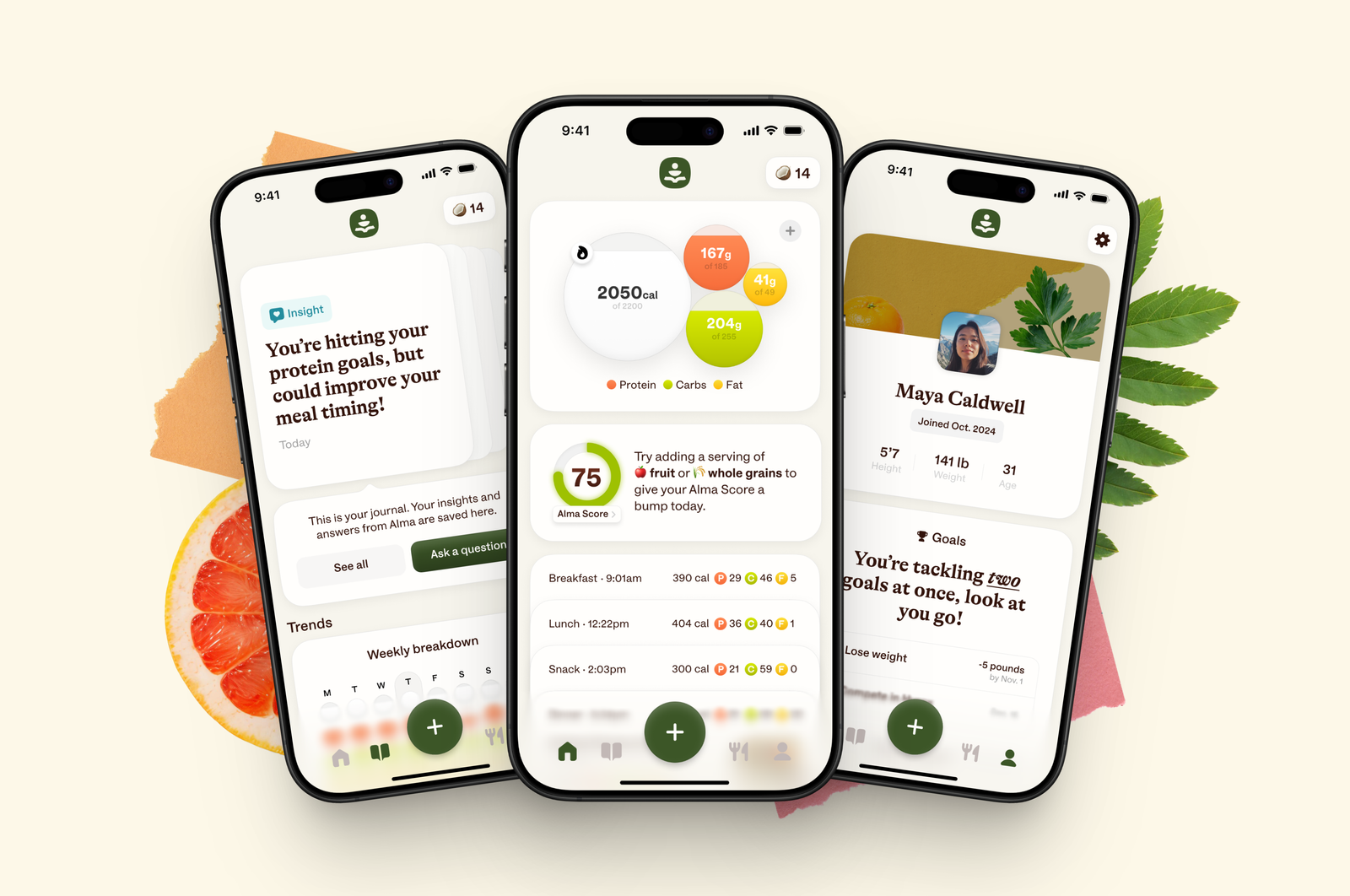Portion control is a crucial aspect of maintaining a healthy diet and lifestyle. It refers to the practice of determining the right amount of food to consume at each meal. While it may seem like a simple concept, it can have significant implications on our overall health and well-being.
One of the most immediate impacts of portion control is its role in weight management. Consuming excessive portions contributes to overeating, which in turn leads to weight gain. By controlling portion sizes, individuals can monitor their caloric intake more effectively and maintain a healthier weight.
In addition to facilitating weight management, portion control also plays an integral role in managing blood sugar levels. Consuming large meals can cause spikes in blood sugar, which can be particularly harmful for individuals with diabetes or insulin resistance. By eating smaller, more balanced meals throughout the day, blood sugar levels can be kept stable.
Furthermore, portion control promotes balanced nutrition. By being mindful of portion sizes, individuals are more likely to consume a variety of foods instead of overindulging in one type of food. This encourages a more diverse nutrient intake and helps prevent nutrient deficiencies.
Portion control also encourages mindful eating habits. When people pay attention to the amount they eat, they are more likely to eat slowly and savor their food rather than mindlessly eating large quantities. This not only enhances the enjoyment of meals but also allows the body sufficient time to signal when it is full, thus preventing overeating.
However, implementing portion control does not necessarily mean reducing meal sizes drastically or feeling hungry all the time. It involves understanding what an appropriate serving size looks like for different types of food and making informed decisions about how much to consume based on this knowledge.
For example, a serving size for lean protein might be about the size of your palm while a serving size for grains might be around half a cup. Fruits and vegetables should make up half your plate while proteins and grains should each take up a quarter.
It’s also important to note that portion control doesn’t mean you have to eliminate certain foods from your diet entirely. Even foods that are high in sugar, fat, or calories can be enjoyed in moderation as part of a balanced diet.
In conclusion, portion control is an essential tool for promoting healthy eating habits. It aids in weight management, blood sugar regulation, balanced nutrition and encourages mindful eating. By understanding and implementing portion control, individuals can take significant steps towards improving their overall health and well-being.












